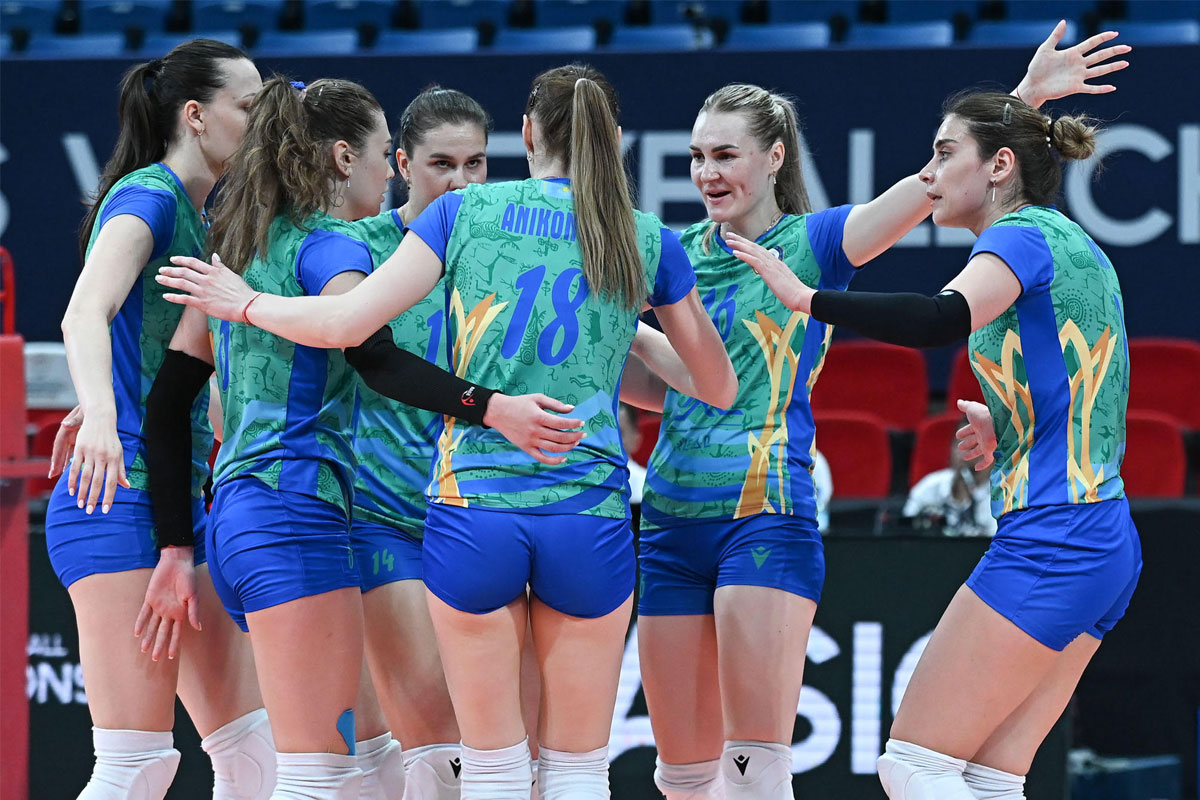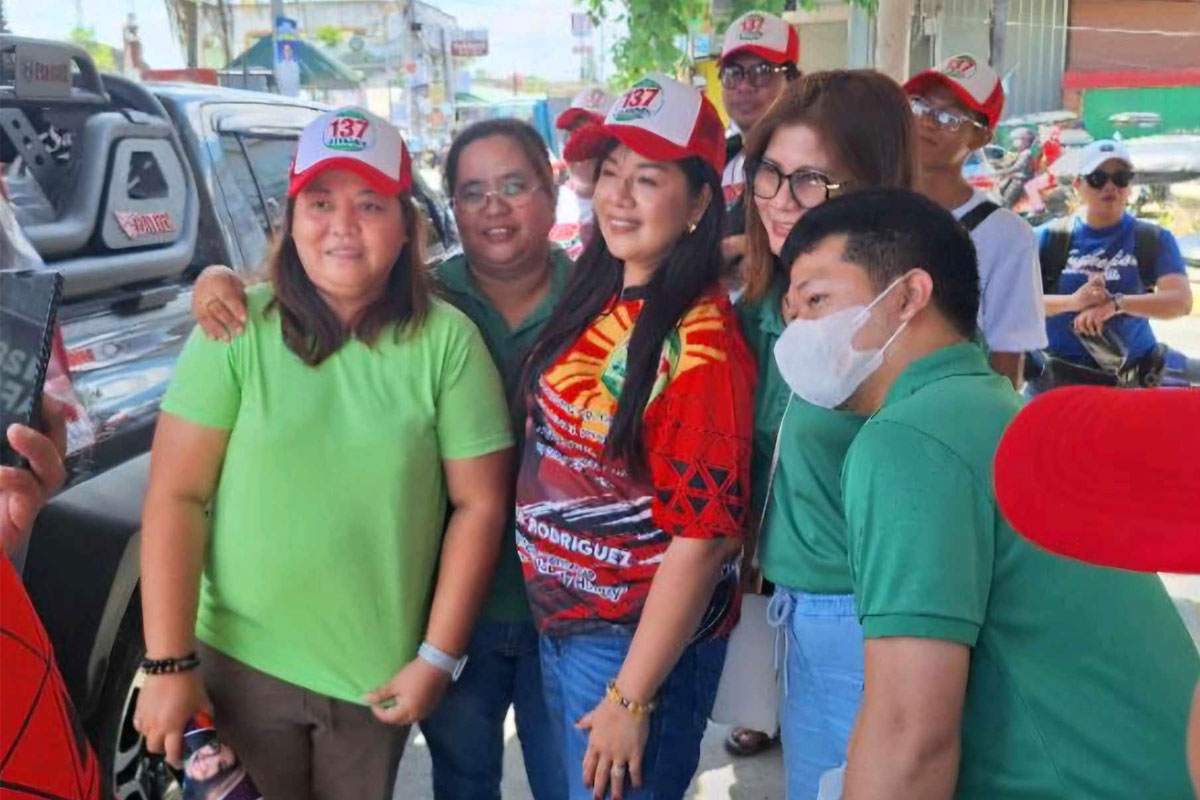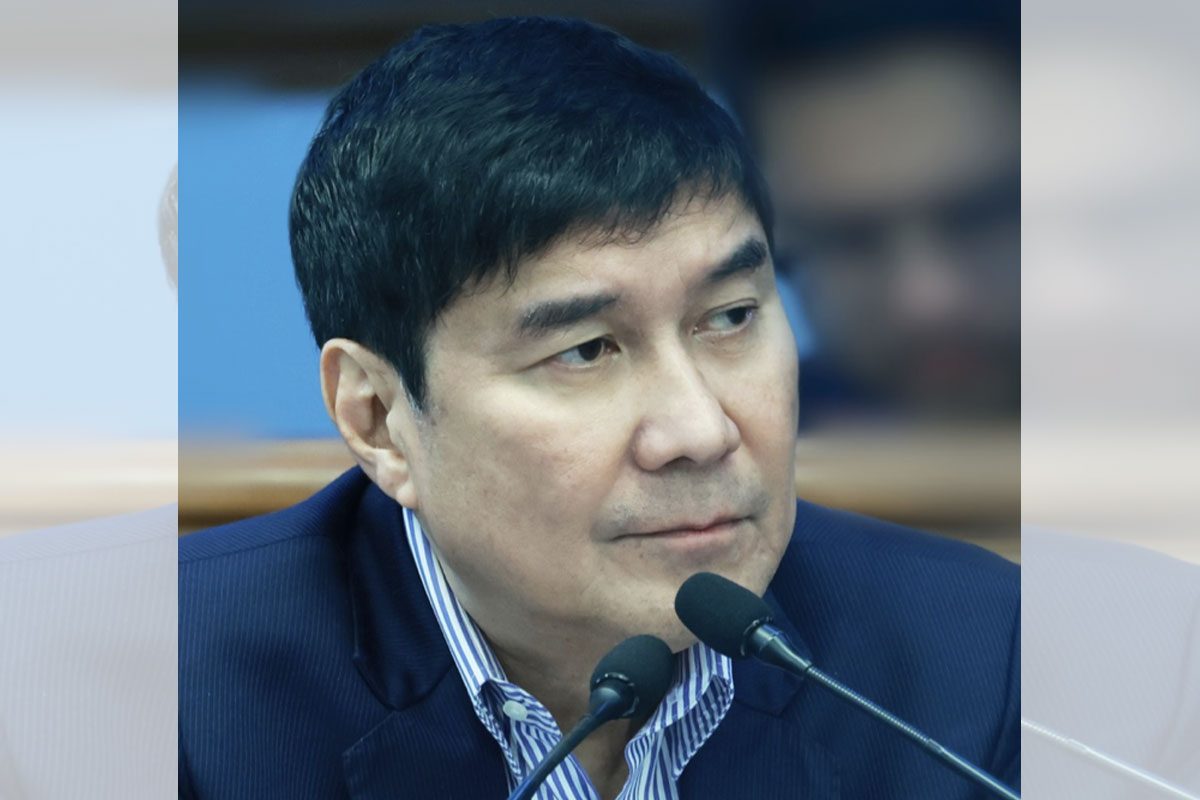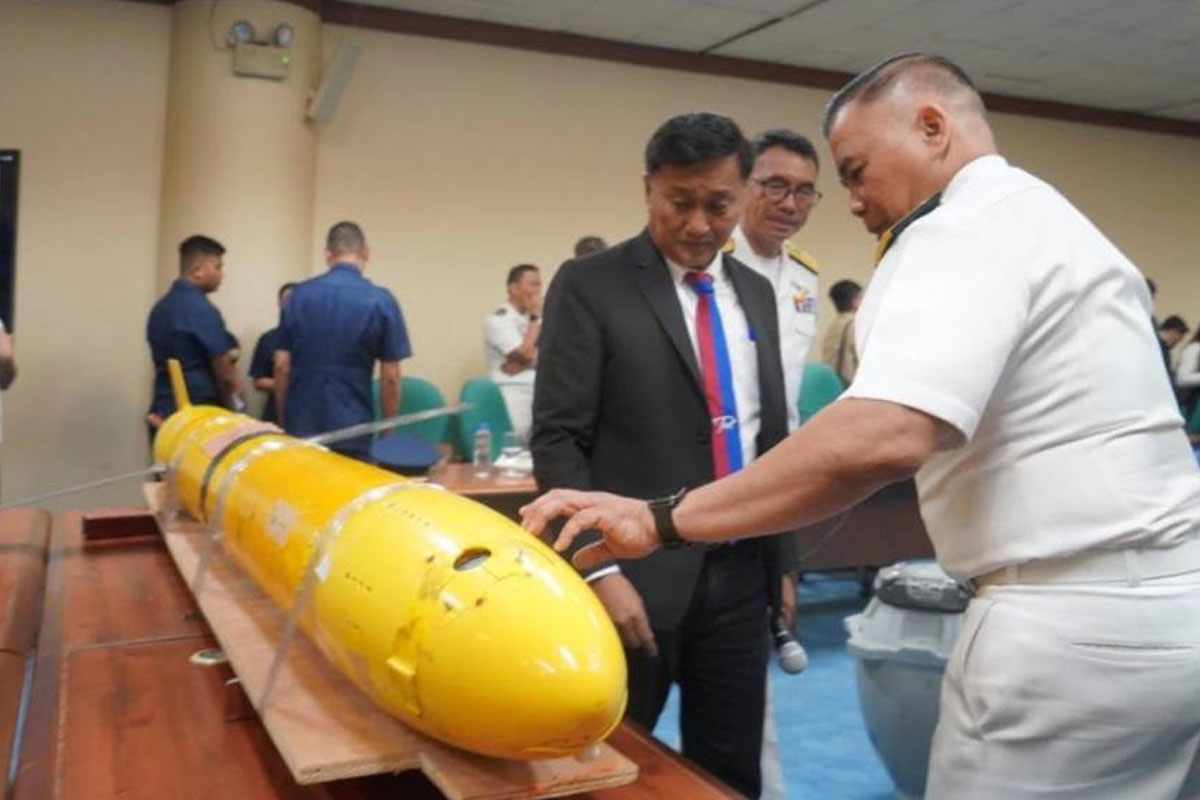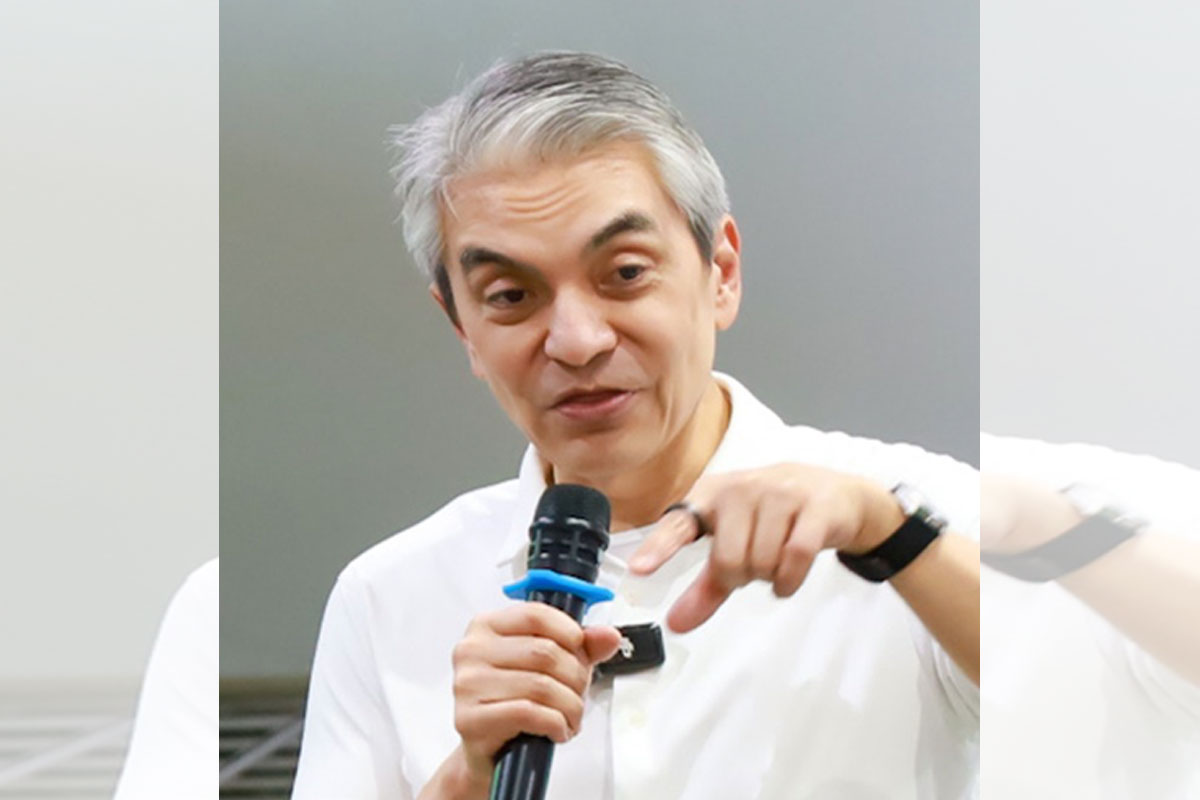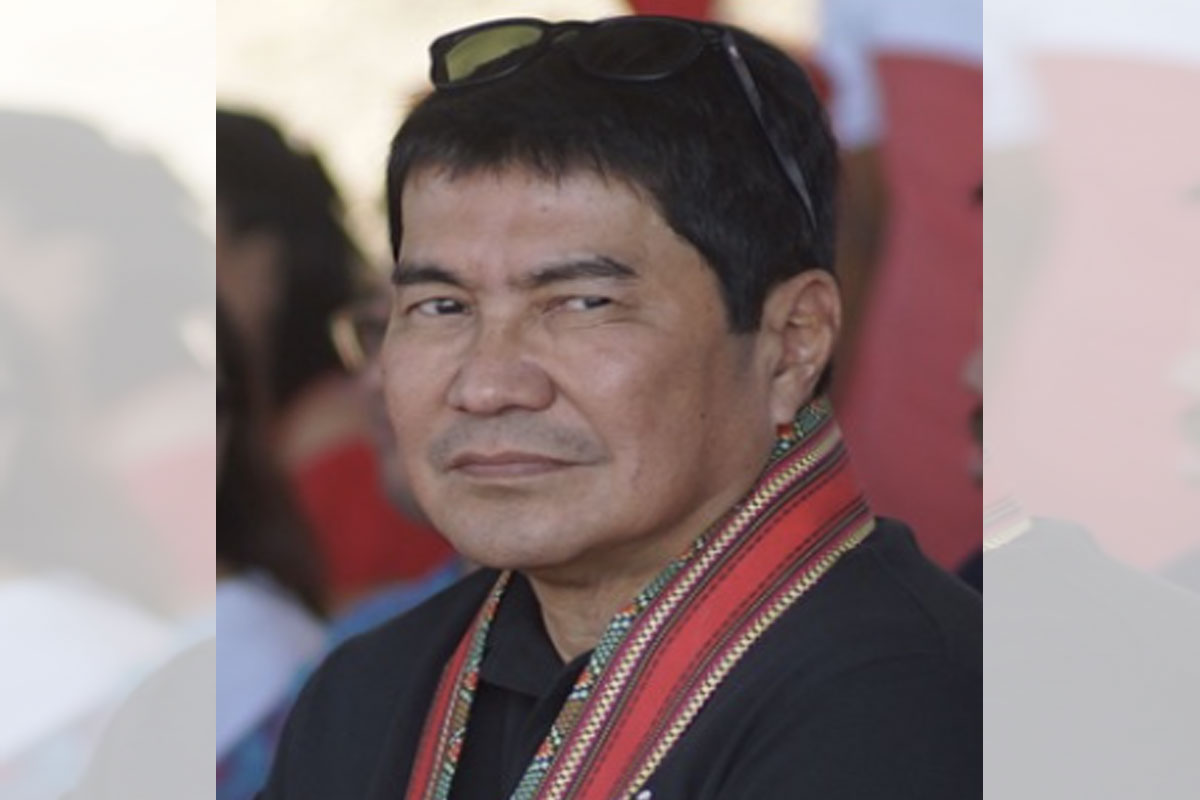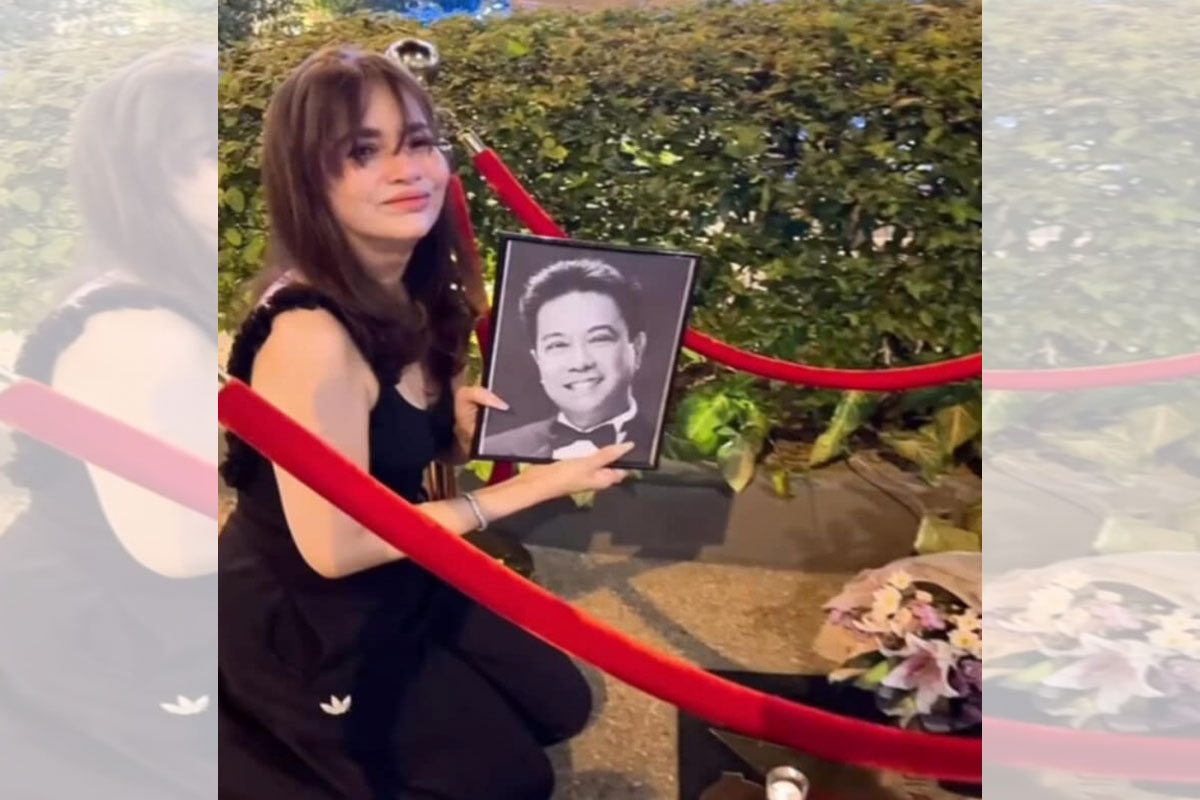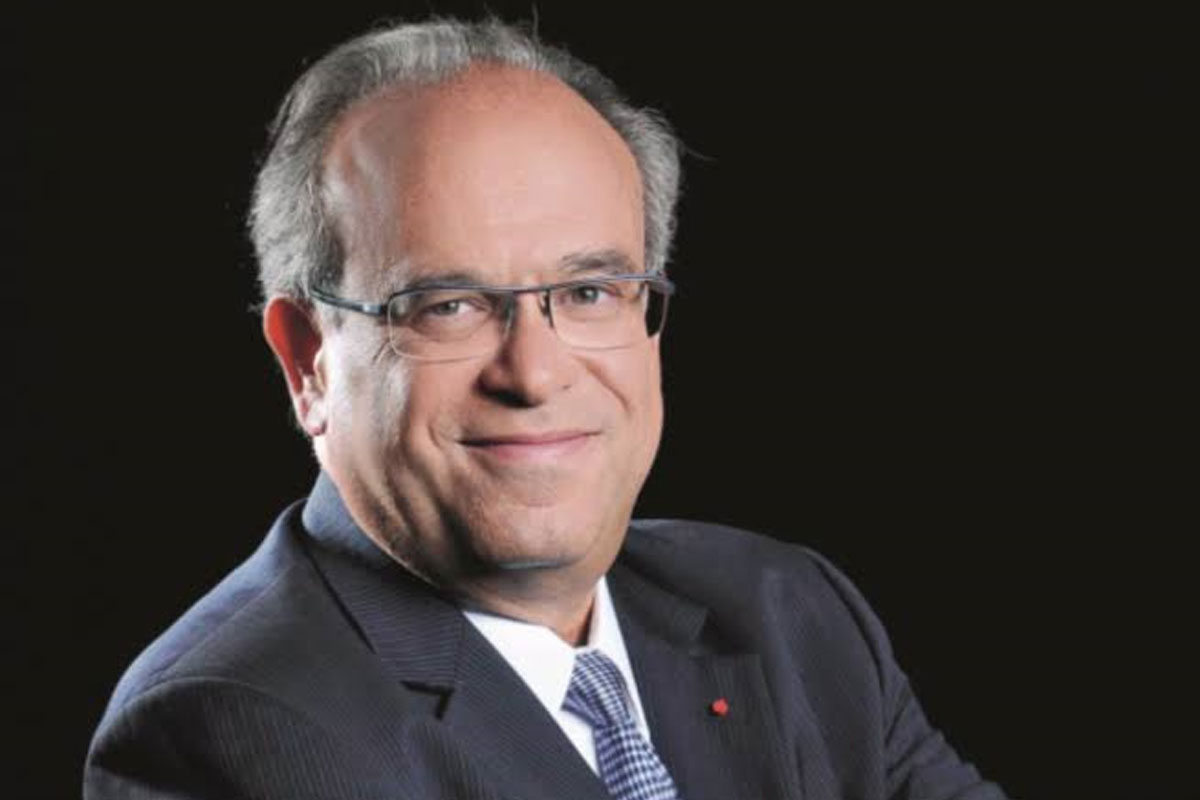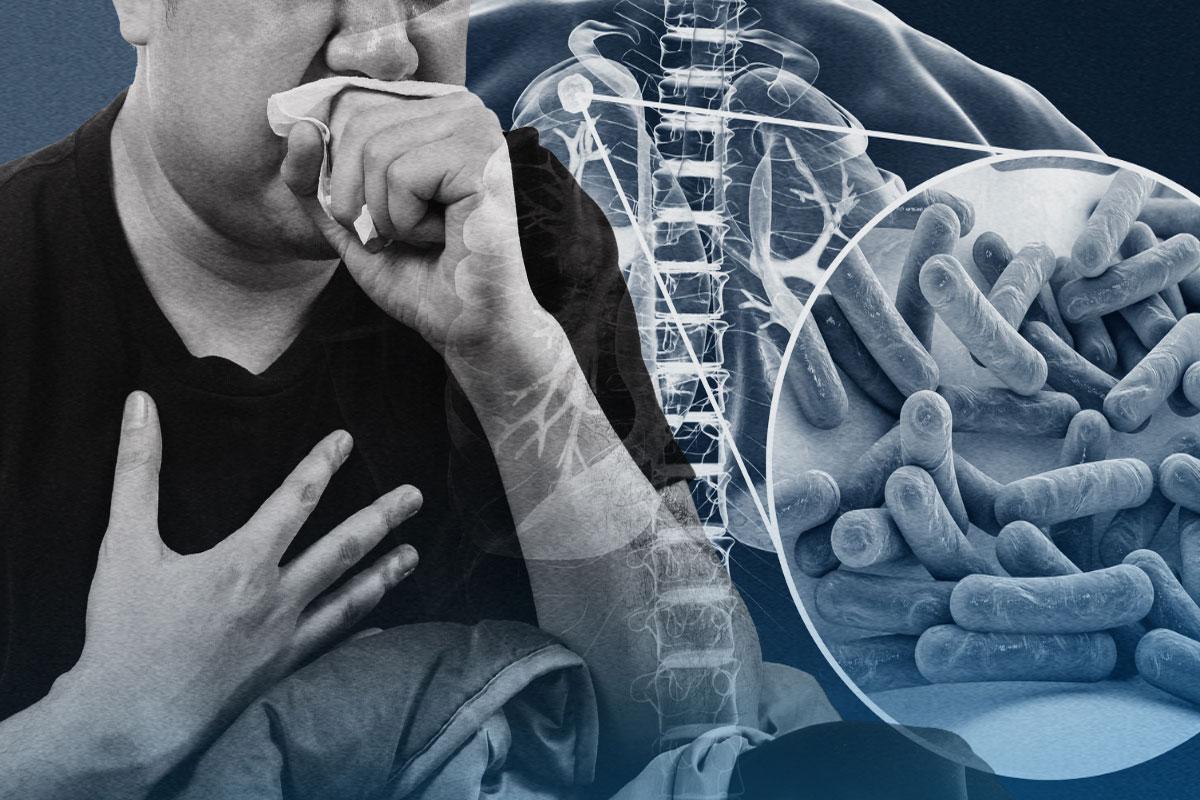
Filipino farmers seek protection
FARMERS’ groups asked the Philippine government’s representatives participating in the upcoming conference of the World Health Organization (WHO) to discuss the global tobacco control treaty to also consider the livelihood of over 2 million Filipinos relying on the tobacco industry.
“Tobacco farming sustains millions of farmers and their families, as well as workers in the industry,” Philippine Tobacco Growers Association (PTGA) president Saturnino Distor said.
“Switching crops requires significant investment in new infrastructure. If the future of alternative products is uncertain, what about the future of farmers? We appeal for compassionate and humane policies,” he said, while reminding the international delegates to the WHO Framework Convention on Tobacco Control’s (FCTC) of the 10th Conference of the Parties in Panama this month.
The Filipino tobacco farmers said the Philippines’ position in the COP 10 should be aligned with a five-year roadmap by the Department of Agriculture (DA) to expand tobacco production areas in the country.
They particularly urged officials to defend the industry and their livelihoods at COP 10 which would discuss the global tobacco control treaty.
As international delegates prepare to convene for the COP 10, the treaty’s pivotal role in shaping global tobacco policies prompted farmer groups to express concern about its potential impact on their livelihood.
Philippine Tobacco Growers Association (PTGA) president Saturnino Distor said the Philippine delegation can effectively advocate for farmers’ interests during COP 10 proceedings through closely aligning with the DA’s roadmap, the Sustainable Tobacco Enhancement Program (STEP), a strategic initiative towards boosting indigenous tobacco cultivation particularly in Mindanao.
“Kita naman sa STEP na may kinabuksan ang pagsasaka ng tabako dito sa Pilipinas. Lalo at meron na ngayong mas safe na alternatibong produktong may tabako tulad ng vapes at e-cigarettes.
Ayon sa mga pagaaral at siyensya, itong mga makabagong produkto ay mas mabuti kumpara sa sigarilyo. Dito papunta ang industriya kaya’t may pag-asa kaming magtutuloy-tuloy lang ang pagsasaka ng tabako satin,” Distor said.
The WHO FCTC is an international treaty for tobacco control managed by the COP 10 comprising representatives from all nations that have signed the accord. Representatives will meet in Panama on February 5 to 10 to hold its 10th biennial meeting and assess the progress of the treaty’s implementation.
The agenda at COP 10 is expected to include significant issues affecting tobacco regulations and global public health, with particular focus on addressing “novel and emerging tobacco and nicotine products.”
The WHO FCTC, however, has received criticism from international public health experts for allegedly promoting restrictive and prohibitionist policies against novel tobacco products, despite “harm reduction strategies” being one of the main pillars of tobacco control.
“Ang pagtatanim ng tabako ang bumubuhay sa milyon-milyong magsasaka at sa kanilang mga pamilya kasama na ang mga mangagawang kabilang sa industriyang ito. Hindi madaling mag-iba ng pananim dahil sa malaking kapital na kailangang ilabas para sa panibagong imprastraktura. Kung nanganganib ang kinabuksan ng alternatibong produkto, paano na ang kinabuksan naming mga magsasaka? Kaya umaapila kami na mapanindigan ang mga polisiya na may malasakit at maka-tao,” Distor said.
Aiming to strengthen the sector, the DA’s National Tobacco Administration (NTA) recently launched STEP. Undersecretary Deogracias Victor Savellano said the industry can “significantly support local economies” while ensuring farmer livelihoods. He also highlighted the export potential of indigenous tobacco for boosting foreign exchange reserves.
According to the NTA, the tobacco sector supports over 2.1 million Filipino workers and is a significant contributor to government income, generating P160 billion in excise tax collections in 2022.



